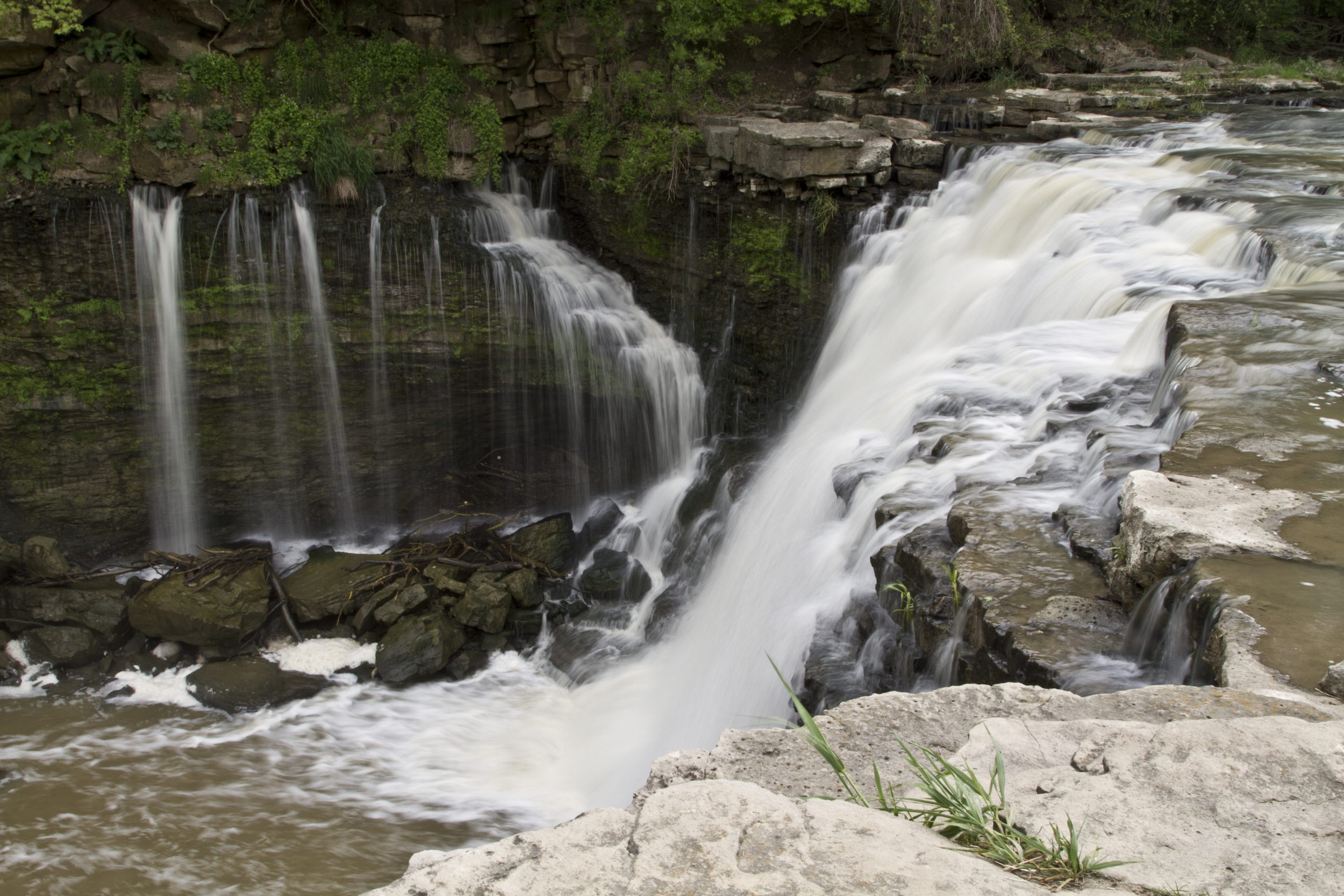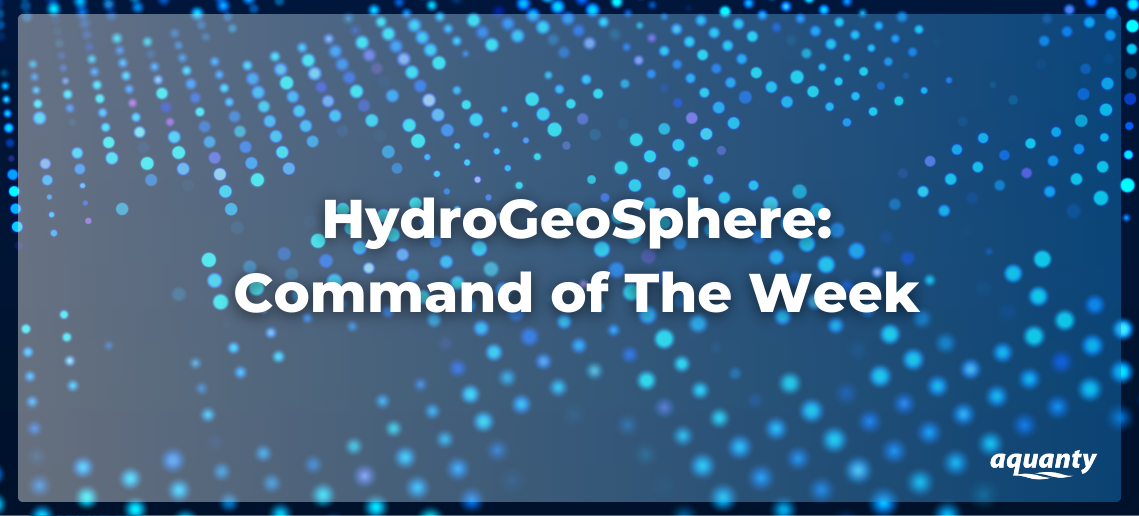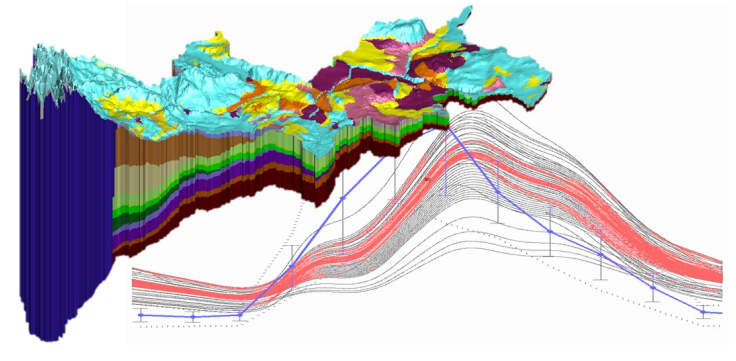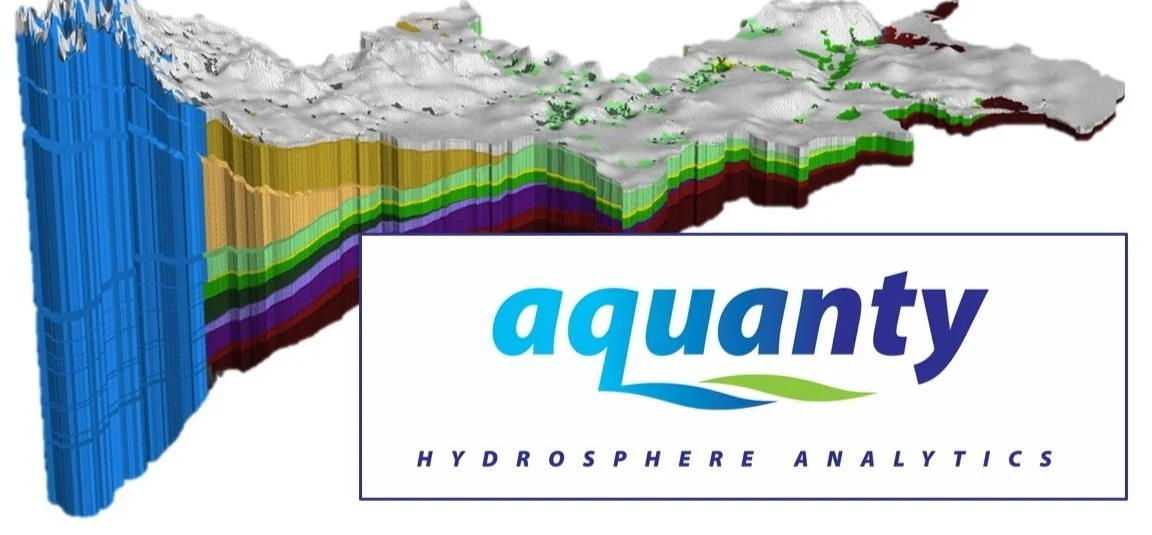


HGS RESEARCH HIGHLIGHT – Impacts of Coastal Shrimp Ponds on Saltwater Intrusion and Submarine Groundwater Discharge
This study investigates the potential impact that aquaculture can have on solute transport and saltwater intrusion in coastal settings. It is certainly an interesting read, and an interesting conceptual problem. Typically when we think of vertical saltwater intrusion it’s due to coastal inundation associated with temporary natural causes like storm surges. However, with shrimp pond aquaculture saline ponds are actually perched on top of agricultural soils, above a freshwater aquifer. In this study the authors have investigated several scenarios (varying pond water salinity, ponded water depth and farm/pond width) to see how it impacts a previously unrecognized/unstudied process contributing to groundwater salinization.

HGS RESEARCH HIGHLIGHT – Subglacial Meltwater Recharge in the Dongkemadi River Basin, Yangtze River Source Region
The paper highlighted here is about the construction of a HydroGeoSphere model to simulate groundwater recharge due to the melting of water underneath a glacier under the influence of climate change, and represents the first attempts to account for the Dongkemadi Glacier in an integrated numerical model. The study site is a 40 km2, extensively glaciated catchment in the southwest portion of the Yangtze River Basin, on the Tibetan Plateau.


HGS RESEARCH HIGHLIGHT – Analysis of drought conditions and their impacts in a headwater stream in the Central European lower mountain ranges
A new study by researchers at the University Bayreuth investigates the impact that climate change may have on drought conditions in forested catchment with riparian wetland, specifically the Lehstenbach catchment in the Fichtel Mountains of South-Eastern Germany.

HGS RESEARCH HIGHLIGHT – Dynamic Steady State in Coastal Aquifers Is Driven by Multi‐Scale Cyclical Processes, Controlled by Aquifer Storativity.
A new paper explores the effects that periodic/cyclical processes over different time scales exert on salinity distribution throughout coastal aquifers. In other words, how is aquifer salinity impacted by sea-level changes caused by tidal effects (sub-daily), storm-surges (decadal) and glaciation (millennial scale).

Assign Multiple Observation Points Based on Depth from Ground Surface
This post describes how to use six new commands introduced in the June 2022 release (Revision 2409) of HydroGeoSphere that simplify the definition of observation points in your models. These commands allow you to assign observation points based on absolute elevations or depth from ground surface, making it easier to work with field data and reducing manual input. Conceptually, these commands streamline the process by allowing direct placement of observation points relative to known reference levels. We find these commands particularly useful for efficiently defining observation networks and improving model setup workflows.



